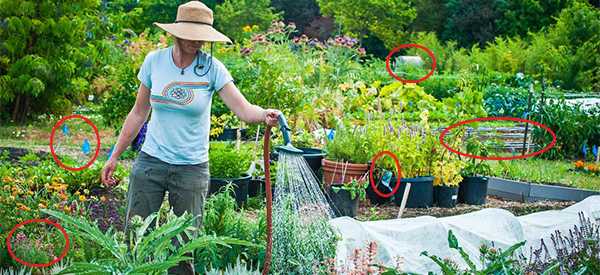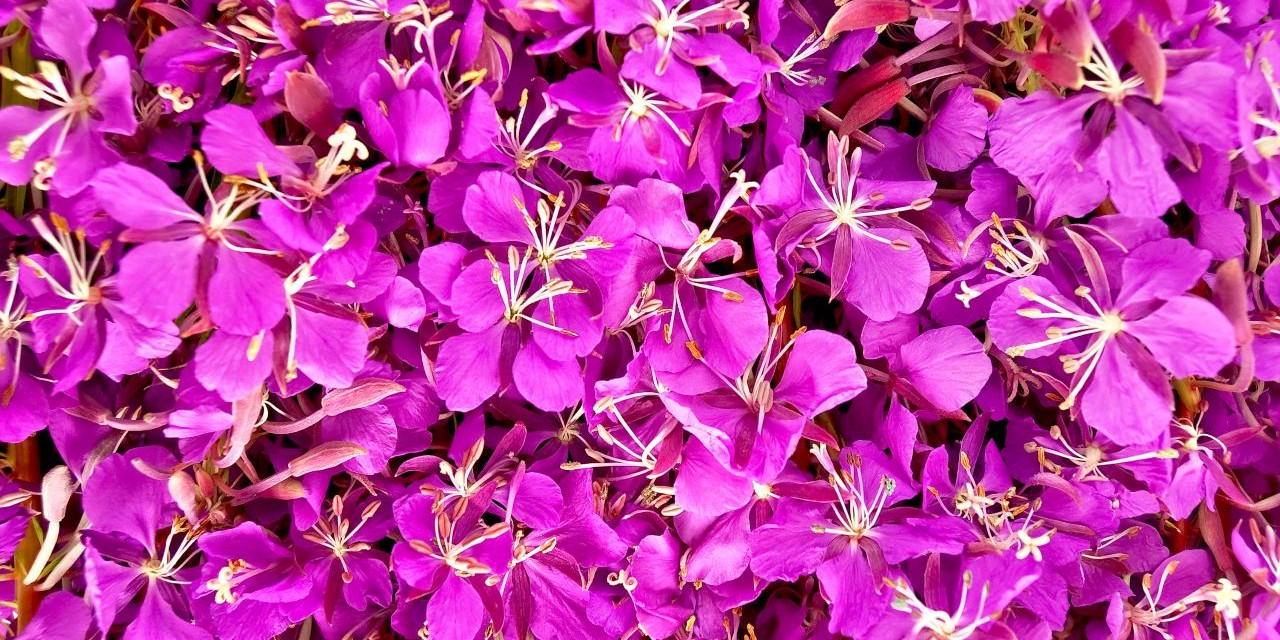
Fireweed
Fireweed (Chamerion angustifolium) is a tall, striking perennial herb that often appears after wildfires, earning its name from this resilience. With its bright pink to purple flowers, it is not only beautiful but also a powerful medicinal and edible plant long used by Indigenous peoples across North America and northern Europe.
Traditionally, fireweed was valued for soothing inflammation, supporting digestion, and easing respiratory ailments. The plant’s tender shoots, young leaves, and flowers are edible, while its roots and aerial parts have been used for teas, poultices, and tinctures. Fireweed thrives in disturbed soils, roadsides, and open clearings, making it a readily available ally for herbalists and foragers.
The Benefits of Fireweed
- Digestive Aid – Fireweed tea helps soothe the stomach lining, calm indigestion, and reduce diarrhea. Its tannins and mucilage coat irritated tissues, offering relief during digestive upset.
- Respiratory Relief – Fireweed has been traditionally used to ease coughs, bronchitis, and colds. It works as a mild expectorant, helping to loosen mucus while soothing inflamed airways.
- Anti-inflammatory Properties – Rich in flavonoids and antioxidants, fireweed reduces swelling and irritation both internally and externally. This makes it useful for sore throats, inflamed skin, and urinary discomfort.
- Skin Healing – Applied as a poultice or infused in oil, fireweed soothes insect bites, minor burns, rashes, and even eczema. Its cooling nature calms redness and irritation.
- Men’s Health – In parts of Europe, fireweed is used to support prostate health. It may help ease urinary difficulties and promote comfort in aging men.
- Nutritional Value – Young shoots and leaves are rich in vitamins A and C, offering a nutritious boost when eaten fresh or cooked.
Fireweed’s benefits also extend to its antioxidant content, which plays a role in neutralizing free radicals. These compounds contribute to cellular health, reducing oxidative stress and potentially lowering the risk of chronic conditions. The fact that such a resilient wildflower contains restorative powers for the body is a reminder of how closely human health is tied to the natural world.
Beyond medicine, fireweed also strengthens communities. For centuries, its shoots and flowers were shared in meals, while its teas and remedies supported collective health. This cultural role highlights fireweed not just as a plant of survival, but one of connection and renewal after times of difficulty.
 How to Use Fireweed as Medicine
How to Use Fireweed as Medicine
- Tea/Infusion – Dried leaves and flowers steeped in hot water make a soothing tea for digestion, colds, and sore throats.
- Poultice – Crushed fresh leaves applied directly to the skin reduce swelling, pain, and irritation from bites, burns, or wounds.
- Salve – Fireweed-infused oil blended with beeswax creates a healing balm for chronic skin issues or rashes.
- Tincture – Alcohol extractions of the aerial parts are sometimes used in urinary and prostate remedies.
- Food – Young shoots can be prepared like asparagus, while flowers add beauty and nutrients to salads, syrups, and teas.
While these methods cover the basics, experimentation reveals just how adaptable fireweed can be. For instance, blending its tea with mint or chamomile creates a calming evening drink, while adding its flowers to vinegar infusions produces a colorful, flavorful tonic for culinary use. In each form, the plant carries its soothing essence.
It is also worth noting that fireweed preparations can be stored for later use. Teas can be dried and sealed in airtight containers, oils and tinctures will last for months, and salves can be kept in cool, dark places to extend their shelf life. This makes it easy to incorporate fireweed into a year-round home apothecary.
How to Identify Fireweed
- Height: Reaches 4–6 feet tall in full sun.
- Stems: Erect, reddish or green, usually unbranched.
- Leaves: Narrow, lance-shaped, with a distinct central vein and pale underside; arranged spirally.
- Flowers: Four-petaled, pink to purple, clustered along the stem, blooming mid- to late summer.
- Seed Pods: Long, slender, splitting to release silky, cotton-like seeds carried on the wind.
Once you become familiar with fireweed, its presence is hard to miss. The tall stalks often form thick stands that dominate disturbed landscapes, creating a striking pink carpet visible from afar. Observing the spiral leaf arrangement is one of the most reliable ways to distinguish it from similar-looking plants.
In late summer, the silky seeds provide another identification clue. When pods burst, the plant seems to glow with fluffy white tufts, easily carried by the breeze. This not only helps with recognition but also signals the transition from food harvesting to medicinal use.
 Where and When to Forage Fireweed
Where and When to Forage Fireweed
- Habitats: Open meadows, forest clearings, roadsides, recently burned or logged areas.
- Soil: Prefers well-drained soil and sunny exposures.
- Foraging Season:
- Spring: Harvest tender shoots before they toughen.
- Summer: Collect leaves and flowers for tea and remedies.
- Late Summer/Fall: Seed pods split; aerial parts best for medicinal use at this stage.
Fireweed’s abundance makes it an excellent starter plant for beginner foragers. Because it thrives in disturbed areas, you can often find it in great numbers, ensuring that you can harvest sustainably while leaving plenty for wildlife and reseeding. Bees and pollinators, in particular, rely on fireweed flowers, so gathering respectfully ensures balance.
Always keep location in mind when foraging. Avoid harvesting from roadsides or areas that may have been treated with herbicides. Instead, seek out stands in clean, wild spaces. The quality of the soil and air directly affects the purity of your medicine, making mindfulness essential.
Similar Plants and How to Avoid Confusion
| Plant | Key Difference | Notes |
| Purple Loosestrife | Square stems, opposite leaves | Invasive; not used medicinally like fireweed |
| Great Willowherb (Epilobium hirsutum) | Smaller flowers, hairy stems | Related species, less commonly used |
| Foxglove (Digitalis purpurea) | Tubular, drooping flowers | Highly poisonous, never edible |
Learning to distinguish fireweed from its look-alikes strengthens your foraging confidence. Paying attention to stem shape and leaf arrangement is usually enough to set fireweed apart from loosestrife or willowherb. Foxglove, with its drooping tubular blooms, becomes an easy distinction once you recognize the difference in flower structure.
For beginners, bringing along a field guide or photographing plants in bloom helps reinforce these lessons. Over time, the distinct height, flower shape, and seed dispersal of fireweed make it unmistakable in the wild.
Parts of Fireweed Used
- Shoots: Tender in spring, eaten like asparagus.
- Leaves: Best when young; dried for tea or eaten as greens.
- Flowers: Used fresh for decoration or dried in teas.
- Roots: Occasionally used in poultices, less common.
Each part of fireweed brings something different to the table. Shoots and leaves provide nutrition, flowers bring beauty and subtle sweetness, and roots offer grounding remedies in more traditional practices. This versatility ensures nothing goes to waste.
Drying the leaves and flowers is especially valuable. Once dried and stored properly, they keep their medicinal potency for months, making it possible to prepare teas and salves even in the middle of winter when the plant is no longer blooming.
 How to Grow Fireweed
How to Grow Fireweed
Growing fireweed in your own garden or homestead setting is both simple and rewarding. This hardy perennial thrives in open, sunny spaces with well-drained soil. Seeds can be sown directly in spring, and because they are so light, a gentle press into the soil is usually enough. Water lightly until established, and thin plants if they begin to crowd.
Once fireweed takes root, it often spreads quickly, especially if conditions mimic its natural habitats. Be mindful of this expansion, as fireweed can easily take over a plot if left unchecked. Many gardeners appreciate this quality, however, since it ensures a steady supply of leaves, flowers, and shoots year after year.
Cultivating fireweed at home also gives you control over soil quality and harvesting methods. By growing your own, you reduce dependence on wild stands, ensuring that foraged populations remain healthy and available for pollinators. In this way, fireweed becomes not just a plant of resilience, but one of stewardship.
A Forgotten Ally
Fireweed is more than just a pioneer plant that thrives after fire—it is a teacher in resilience. Where destruction once stood, fireweed emerges, offering food, medicine, and beauty. For the self-sufficient household, this makes it an invaluable ally.
It provides nourishment through vitamins and minerals, healing for digestive and respiratory troubles, and relief for irritated skin. It is abundant, easy to identify, and resilient in harsh conditions. In short, it embodies the very qualities that homesteaders and herbalists depend upon.
As you explore herbal medicine and self-reliance, fireweed reminds us that some of the most valuable allies are those that thrive in adversity. Its return after fire is a message of renewal: that even after hardship, life and healing can flourish.
The Forgotten Home Apothecary
If fireweed inspires you, just imagine what other healing plants you’re overlooking in your backyard or along a forest trail. The Forgotten Home Apothecary is a practical, beautifully illustrated guide that shows you how to identify, harvest, and prepare dozens of natural remedies.
Inside, you’ll find recipes, storage tips, and step-by-step guidance to build your own herbal medicine chest—one that keeps your family healthy without constant reliance on drugstores.
Fireweed is just one example of nature’s pharmacy. To unlock the rest, this guide is an invaluable resource.
👉 Click here to discover The Forgotten Home Apothecary
You May Also Like:
Your Gut Called – It Wants Kombucha
How to Recognize a Heart Attack and What to Do Next (Video)
How to Use Stinging Nettle for Enlarged Prostate
The Plant That Helps Every Part of The Body At Once
How to Make Cabbage Bandages to Treat Inflammation and Joint Pain








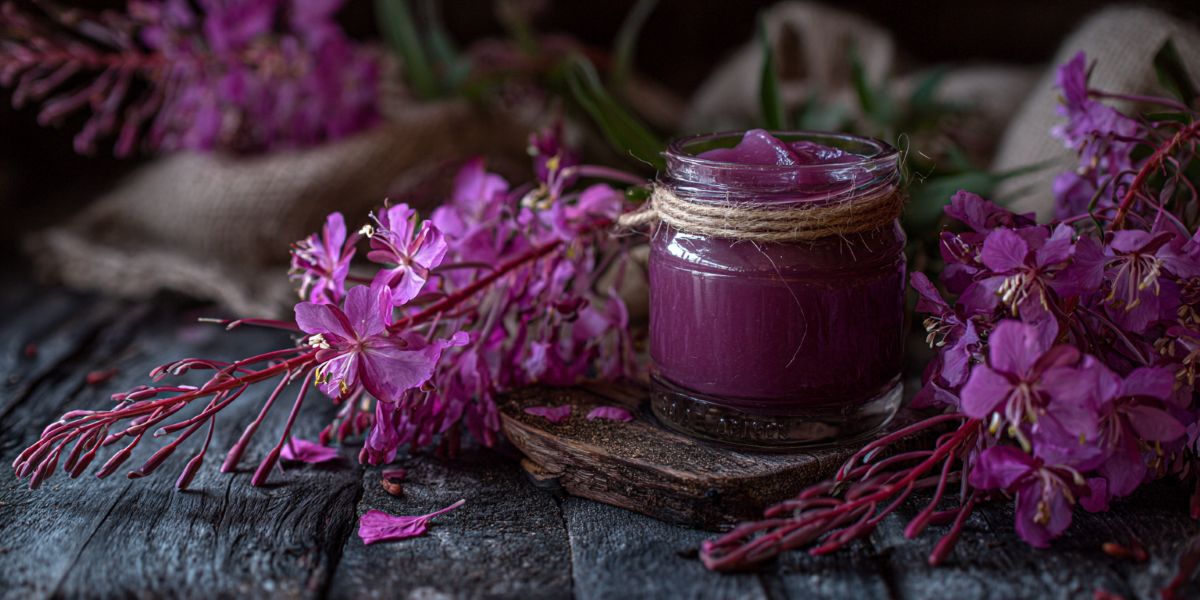 How to Use Fireweed as Medicine
How to Use Fireweed as Medicine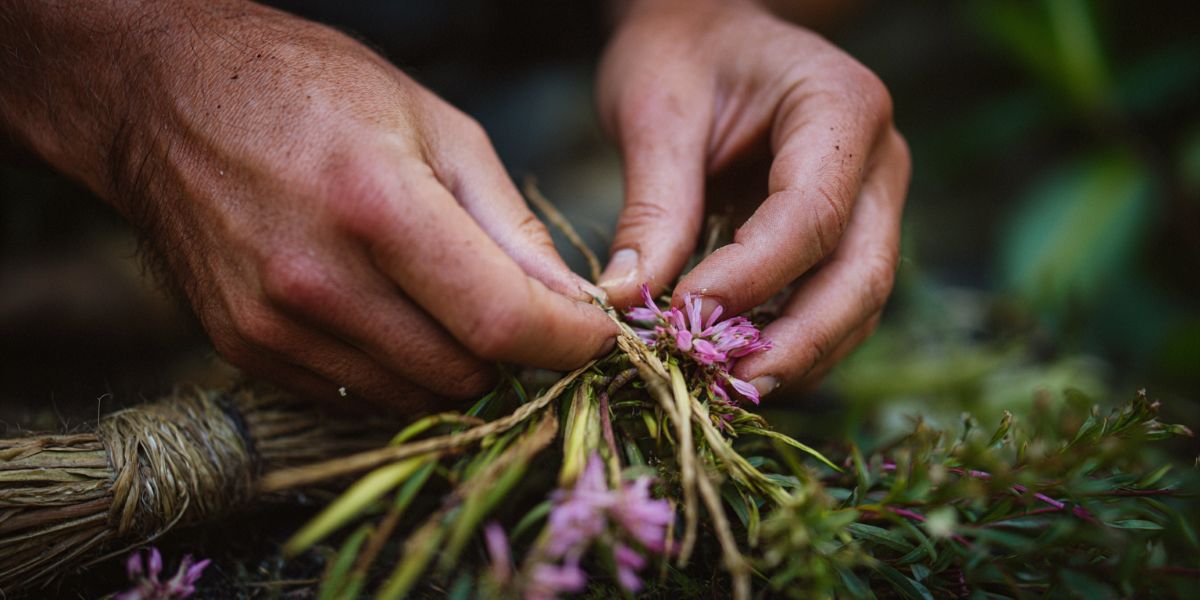 Where and When to Forage Fireweed
Where and When to Forage Fireweed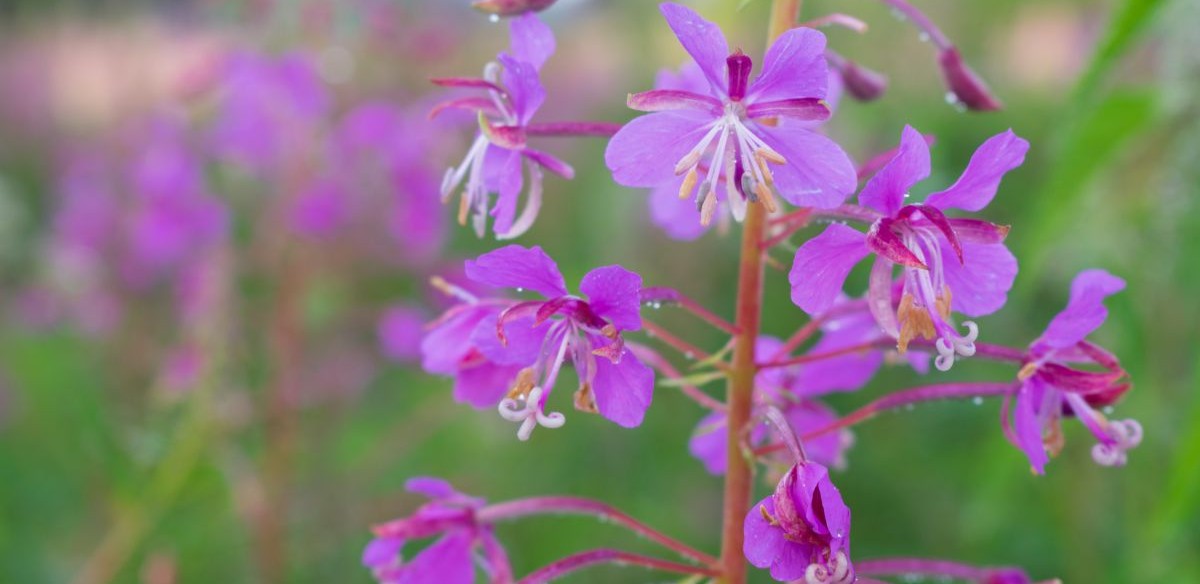 How to Grow Fireweed
How to Grow Fireweed

